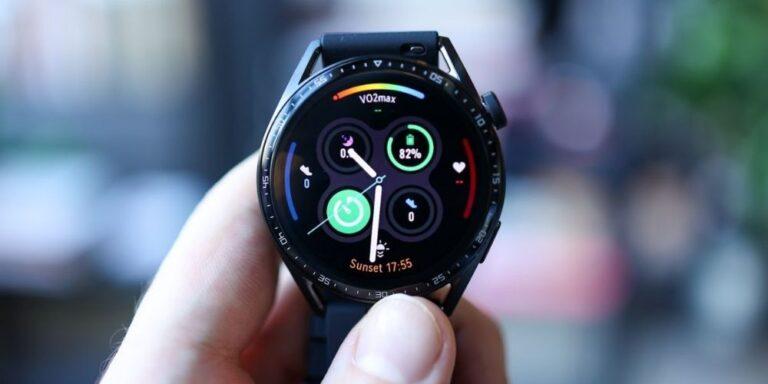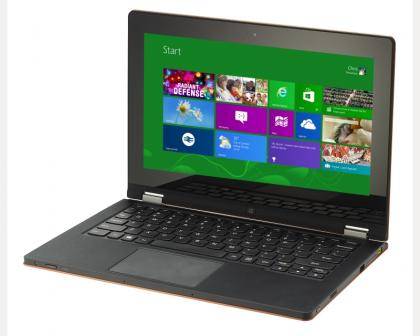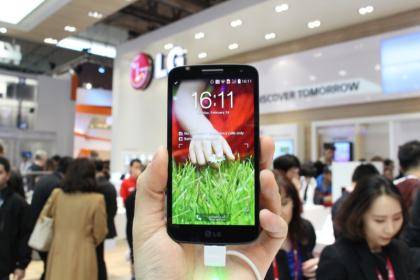Which Performs Better: USB-A or USB-C for Charging?
Two of the most relevant USB connectors that are present today are the USB-A and the USB-C. This article will pit the two devices – usb a vs usb c connectors. Which of the two will perform better? Which is better for charging devices? You will also learn more about each of their backgrounds and how they have positively affected the lives of people around the world. Without further ado, let us compare the two.
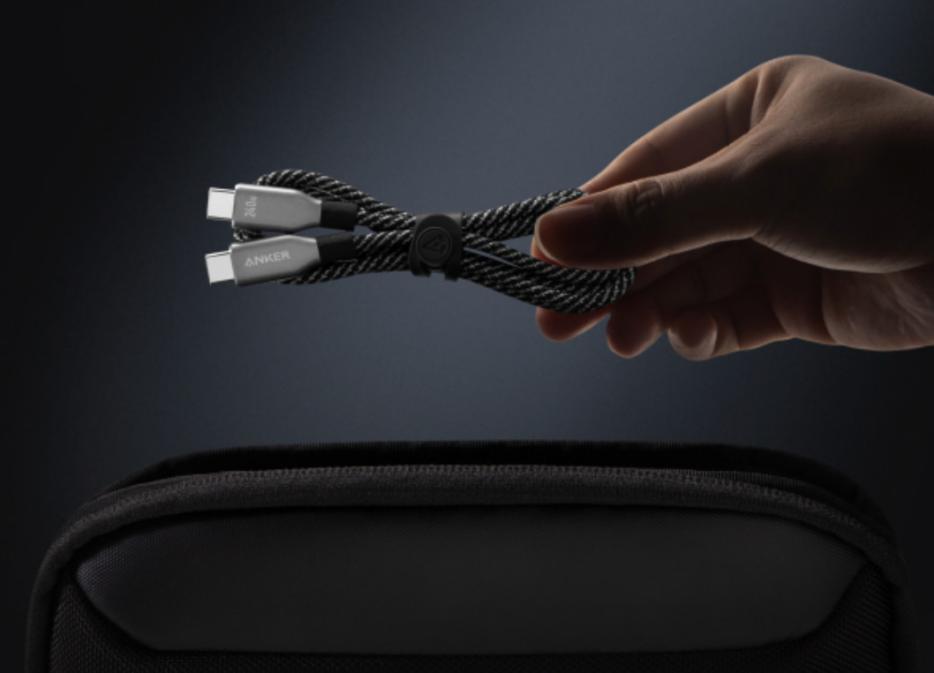
USB-A vs USB-C: Which is Better?
Backgound
When you talk about usb a vs usb c connectors, you should first look at the history behind these two extensively utilized connecting devices. USB stands for Universal Serial Bus. It is a circuit connection that can be used to transfer power, data, and other types of information between two devices. The serial bus can transmit one bit at a time, and this has been the baseline standard for both USB-A and USB-C connectors. USB-A started in 1996. It started with data transfer rates of around 1.5 Mbps. USB-C, on the other hand, has a maximum data transmission speed of up to 20 Gbps.
Data transmission
The USB-A connectors have lower transfer speeds compared to USB-C versions. Understandably, USB-C has been an improvement to the USB-A connectors in terms of data transmission. The USB-A latest versions can transfer data up to 480 Mbps, which is a huge increase from when it all started, which was around 1.5 Mbps. The USB-C has an exceedingly large transfer speed, going up from 20 Gbps to 40 Gbps. A large file, when transferred through a USB-C connector, will only take seconds for the transmission to be completed.
Power delivery
Both the USB-A and the USB-C connecting devices can deliver power and help charge different devices. The maximum power output from a USB-A connector is around 2.5 watts for USB 2.0 and around 15 watts for a USB 3.0 or 3.1. This amount of power is sufficient to power small devices and peripherals of computers, like a mouse, lamps, and the like. Larger devices will require a higher power output. This is where USB-C comes in. USB-C cables are designed primarily to handle high power outputs, which makes them a reliable connector for larger devices. Some USB-C cables can support 100W of power delivery to laptops, a large jump from the 15 watts supported by USB-A connectors.
Physical design and compatibility
With USB-A, almost all people are familiar with the design. It has a rectangular connector with an approximate dimension of 12 mm in length and 4.5 mm in width. This kind of USB is larger compared to USB-A. You can find ports of this kind on laptops, power banks, and other electronic gadgets. The small rechargeable devices that you have in your home probably have a USB-A connector included in the package. On the other hand, USB-C or Type-C connectors have a somewhat oval-shaped structure with a dimension of 8.4 mm by 2.6 mm. This is a reversible connector, meaning you can put this on any side up and still be able to plug it.
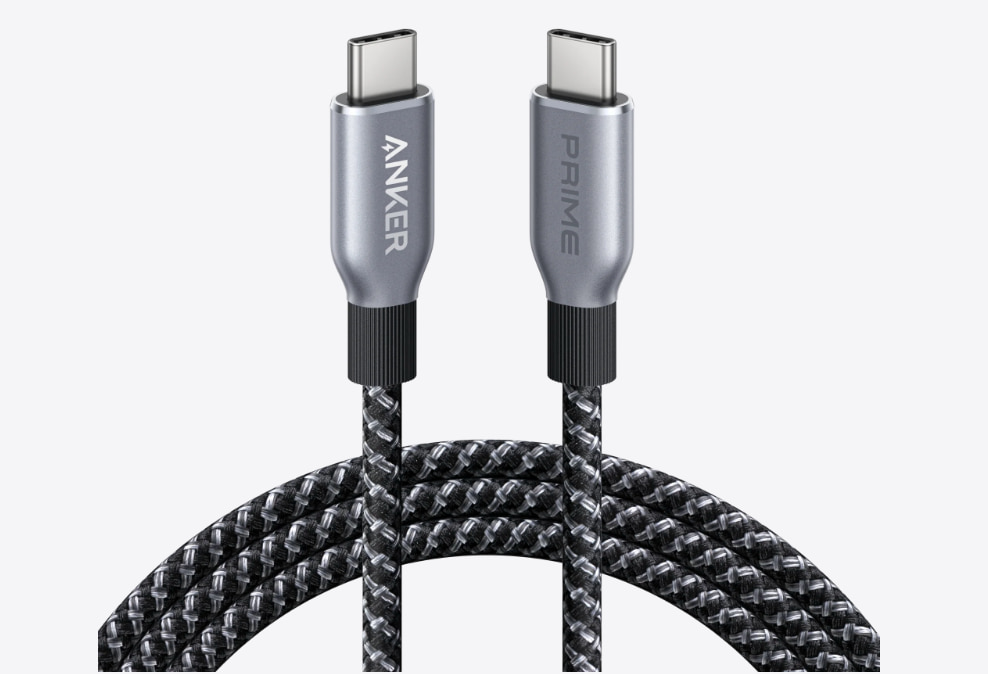
Conclusion
When you have a usb a vs usb c comparison, you just have to realize that each of the two has specific functions that cater to the purposes for which they are designed in this generation. USB-A can be cheaper at times compared to USB-C versions, though ultimately, it is reliant on the version of the USB. You can depend on the quality of each one for its primary and secondary uses. Both have their place in the world. You just have to maximize the use of the two in order to increase your productivity and finish your tasks on a daily basis.


